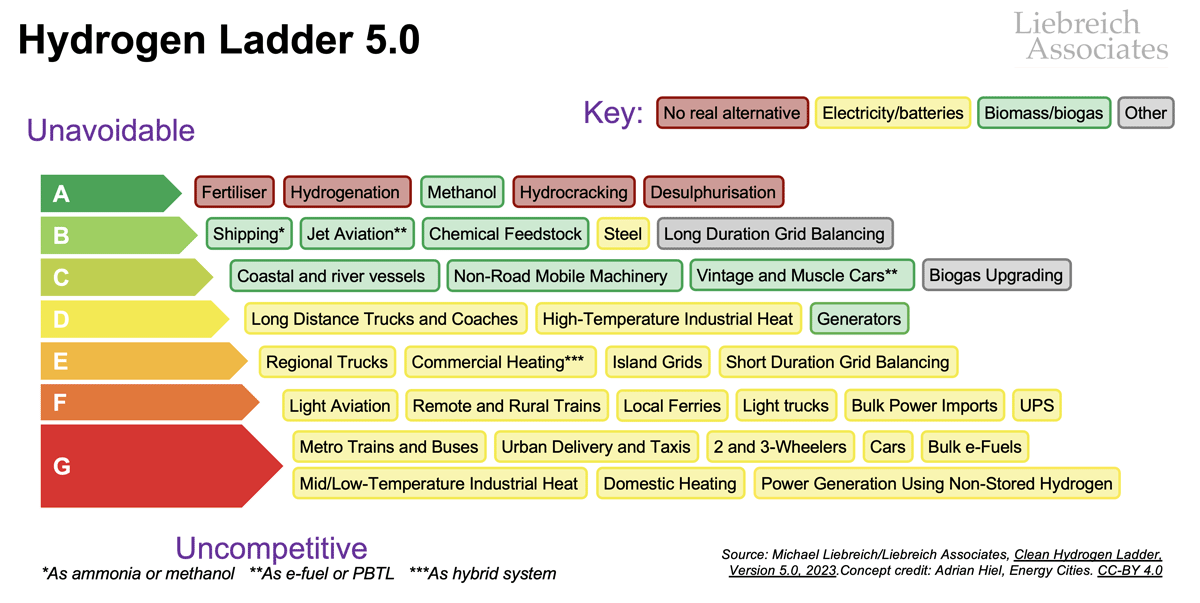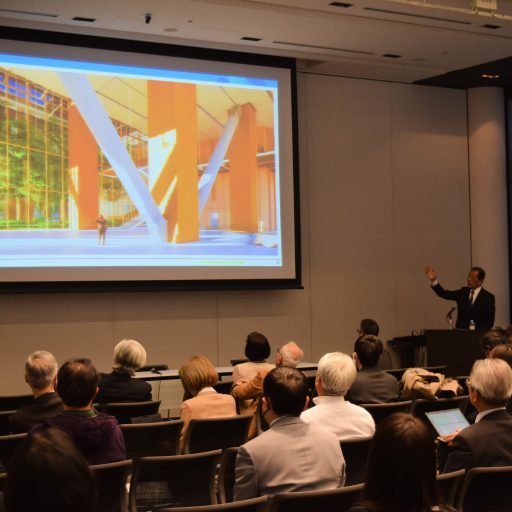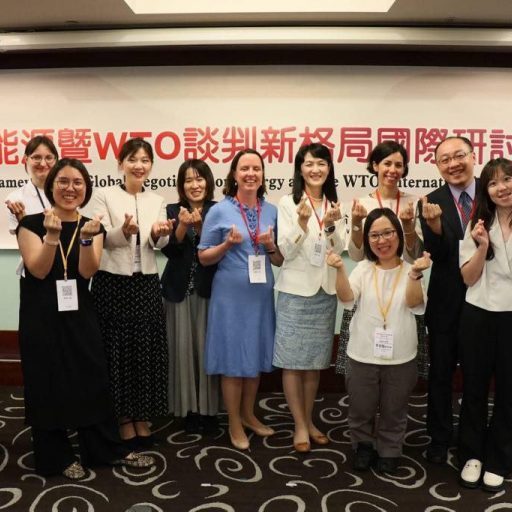Climate Change and Energy
Kentaro TAMURA
The 28th Conference of the Parties (COP28) to the UN Framework Convention on Climate Change, discussing a range of climate change issues, was held from November 30 to December 13, 2023 in Dubai, United Arab Emirates (UAE).
Expo City Dubai (Photo 1) was chosen as the venue for the conference. I was impressed by how photogenic and vast the venue was; it is approximately 8.5 times bigger than Tokyo Disneyland's theme park area. Part of the site, the Blue Zone, served as a venue for international negotiations and Side Events (Figure 1).


Side Events were events and exhibition spaces held by national and local governments, international organizations, companies, NGOs, and others to showcase their achievements, as opposed to the international negotiations, which were regarded as the main events. Originally, the focus was supposed to be on "official" Side Events held under the Convention Secretariat, but in recent years governments and international organizations have started setting up their own pavilions and holding their own Side Events. Although I have not confirmed the exact number, it appears that COP28 hosted more than 150 pavilions set up by countries or international organizations, including the Japan Pavilion.
The Blue Zone extends approximately 1.5 km end to end, so moving around the venue to attend individual events proved to be quite the workout. Even though I was attending an international conference, I still managed to get in more than 10,000 steps every day.
Although not shown in Figure 1, adjacent to the Blue Zone was an even larger area called the Green Zone, where companies from all over the world gathered to exhibit their technologies, products, and services geared towards solving climate change issues.
One of the purposes for my participation in this COP meeting was to gather information and opinions on low-carbon hydrogen. In this regard, the great thing about COP is that it allows one to obtain a bird's-eye view of diverse ideas and outlooks. This is especially useful for gathering information on topics such as low-carbon hydrogen, on which everyone has differing opinions as to how to increase production and consumption, levels of which are currently near zero.
First, I attended a meeting hosted by an organization called the Climate Champions Team. The Paris Agreement provides for the appointment of two Climate Change High-Level Champions (usually from the preceding or succeeding COP presidencies) to support the efforts of non-state actors such as businesses and local governments. The Climate Champions Team supports the activities of these High-Level Champions. The theme of this meeting was, “how to strengthen sectoral efforts in areas that are important for the realization of a decarbonized society”. For example, low-carbon hydrogen is going to be essential for decarbonizing "hard-to-cut sectors” such as materials industries (e.g., steel and chemicals) and long-distance transportation; however, at present, there is neither sufficient reliable demand nor supply, and the infrastructure remains underdeveloped. The members discussed the necessity of focused public-private cooperation among key players to overcome this situation. To encourage this, it was also agreed to explore the creation of a think tank network.
After attending other events and exchanging opinions with researchers, I concluded that everyone seemed to agree that low-carbon hydrogen plays an important role in decarbonization efforts. However, I found out that there are various opinions on how to use it. In Europe, the concept of a "hydrogen ladder" has been recognized. I have heard arguments that the preferential use of low-emission hydrogen should commence in areas where there is no alternative (Figure 2, Tiers A, B, and C). The uses listed in Tier A are important as the first sources of reliable demand. It has also been pointed out that demand is often concentrated in industrial clusters, so they can become hubs for hydrogen utilization. I noticed the difference between this approach and that of Japan, which is expected to stimulate large-scale demand for hydrogen through its massive usage in the power generation field (Figure 2, Tier G) and through the spread of fuel-cell passenger cars, a powerful technology competing with electric vehicles (Figure 2, Tier F).

The Japanese government, which, for now, plans to import low-carbon hydrogen from overseas, has held a presentation about its efforts to build an international supply chain. The World Trade Organization (WTO) and the International Renewable Energy Agency (IRENA) have also reported that international trade will play an important role in matching supply and demand for low-carbon hydrogen. They also noted that different standards for low-carbon hydrogen certification by country are a hindrance to the promotion of international trade. In this regard, at COP28, the Hydrogen Declaration of Intent, which aims to promote mutual recognition of hydrogen certification systems, was announced and signed by 36 countries, including Japan. This can be considered a step forward. The key question now is whether we can reduce hydrogen production and transportation costs.
However, due to hydrogen’s high transportation costs, some have suggested that we should aim for local production for local consumption. For example, the German Pavilion presented a project aimed at increasing the domestic production of chemical fertilizers in Africa and reducing dependence on imports. The project hypothesizes that green hydrogen can be produced from renewable energy in Africa and used to produce ammonia, which can be used as an alternative to imported chemical fertilizers derived from fossil fuels. If the price of green ammonia-derived chemical fertilizers falls sufficiently, they can be used not only for export crops, but also for domestic crops, contributing to eradicating poverty, benefiting small-scale agriculture (rural communities), and improving food security. Once again, the issue here is the cost. The necessity for international cooperation in order to reduce renewable energy costs is therefore once again highlighted.
Considering these opinions and ideas, I would like to further engage in discussions on how decarbonization could be achieved by promoting international cooperation focused on the widespread use of low-carbon hydrogen.



